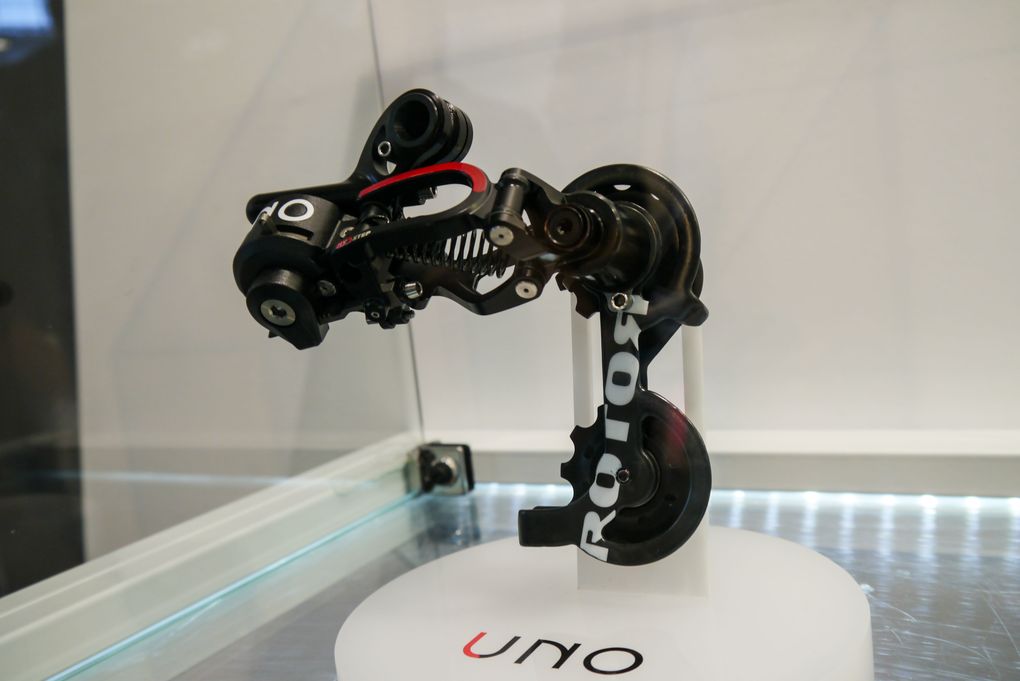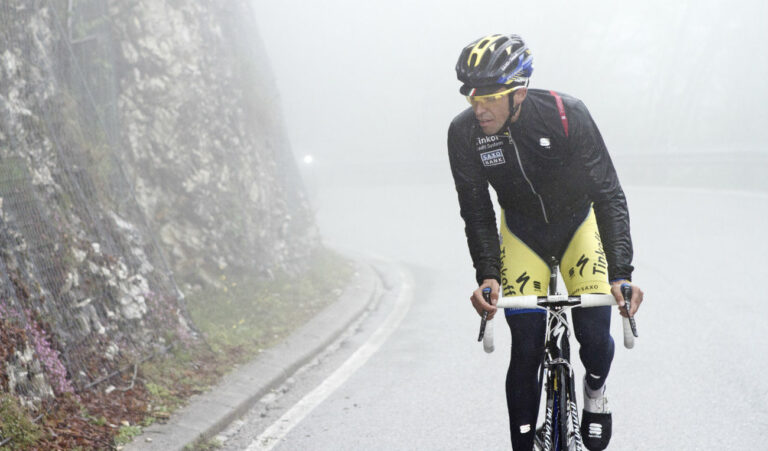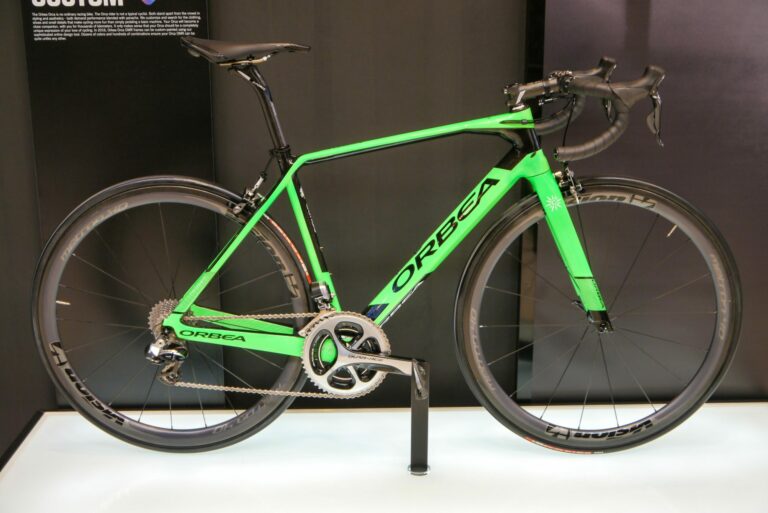Alongside SRAM’s eTap wireless groupset, Rotor’s development of their own drivetrain has been known for a while. At Eurobike the Spanish brand had working versions of the hydraulic Uno group on their stand for people to try and it was attracting a lot of interest – I saw a couple of Campagnolo employees engaging in a remarkably unsubtle bit of research while I was there.
After the first glimpse a few weeks ago, we knew the drivetrain was going to be hydraulic in its entirety – not just a standard mechanical or electronic group with hydraulic brakes.

So, to the details. Well, first off the group has been developed in partnership with Magura, and it compatible with either hydraulic rim or disc brakes depending on your preference or frame compatibility. The brake hoses are 5mm diameter and (obviously) need continuous routing from the lever to the caliper, so may have trouble being internally routed on some existing frames.
The derailleurs, on the other hand, use a 3mm diameter hose which means they’ll be able to fit through the same side holes in frames as Campagnolo EPS or Shimano Di2. Plus, because hydraulics don’t have the same worries about friction as cabling, the group will have far greater flexibility of routing than current cable-actuated systems. Each derailleur will have a single hydraulic line.
The rear derailleur has a switch built in that will allow you to lock it in any gear you choose should the very worst happen and one of the lines break. It’s highly unlikely, but an excellent piece of foresight nonetheless. Part of the reason you can do this is that the the indexing is contained in the derailleurs rather than the shifters with a feature Rotor call HyStep.

The shifters work with a SRAM DoubleTap-like mechanism, one small movement for a downshift and a slightly larger one for an upshift, but a potential downside – albeit a comparatively insignificant one – early on is that the system is only capable of downshifting one sprocket at a time (just like DoubleTap). Although, on the other hand, you can upshift up to four gears at a time, which is more than any other non-electronic drivetrain, and there’s an adjustment screw on the lever that allows you to set the maximum number of downshifts in one go between one and four, depending on preference. Rotor have also made their own one-piece cassette, which is similar in construction to SRAM’s Red 22 design.
Overall system weight is something Rotor won’t comment on at the moment as they stressed that the units on show weren’t the final product, but you can expect to see it on the market in 2016.





